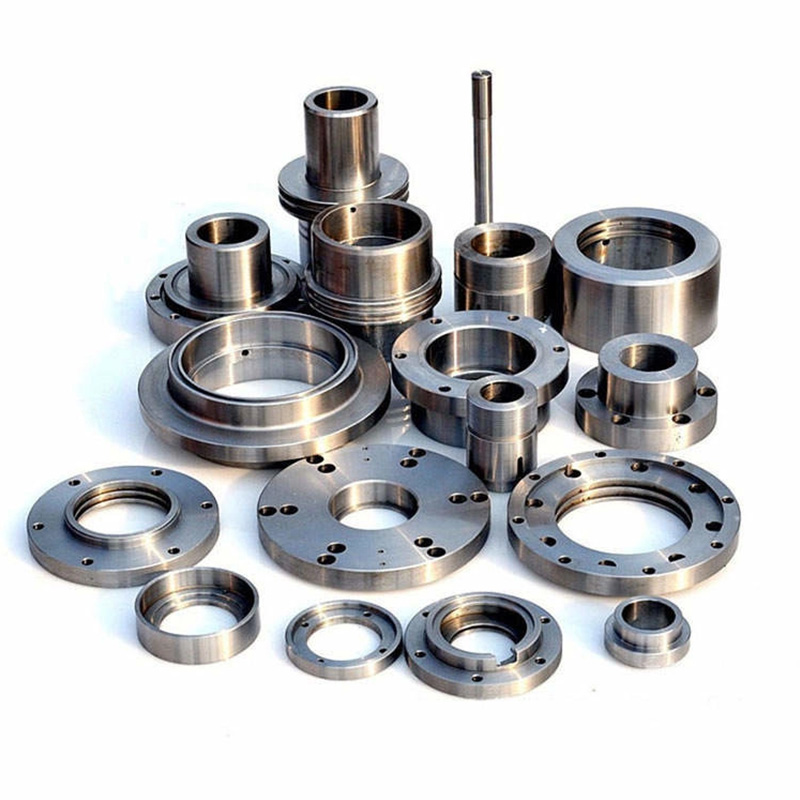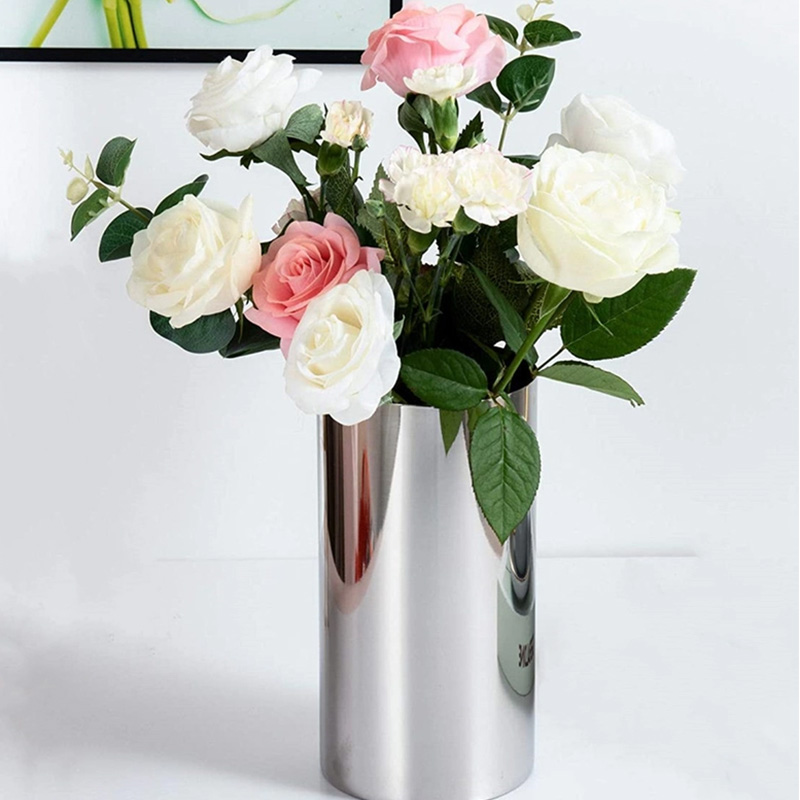Material Matters: Choosing Your Metal Wisely
Selecting the wrong base material is the #1 reason for early metal enclosure failure. For example, using untreated mild steel in coastal areas guarantees rust within months. Instead:
- Stainless steel (304/316): Ideal for corrosive environments
- Aluminum 5052: Perfect when weight reduction is critical
- Galvanized steel: Budget-friendly with decent protection
We tested enclosures in salt spray chambers and found 316 stainless lasted 3x longer than galvanized steel (ASTM B117 data). Pro tip: Always match your alloy to the threat profile!
Corrosion Resistance: Beyond Basic Painting
A powder coat might look tough, but it’s often insufficient alone. For true longevity:
- Start with zinc phosphate pretreatment
- Apply electro-deposition primer
- Use epoxy-polyester hybrid powder
- Seal seams with neutral-cure silicone
Interestingly, this combo increased corrosion resistance by 60% compared to standard painting in automotive tests (SAE J2334).
Structural Integrity Hacks
Weak corners plague many sheet metal designs. Our team’s 2025 telecom project revealed a brilliant fix: continuous laser welding at joints increased impact resistance by 45% versus spot welding. Other structural wins:
| Feature | Weak Design (Project A) | Strong Design (Project B) |
|---|---|---|
| Corner Joints | Open seams | Hemmed edges |
| Bracket Thickness | 1.2mm flat | 2.0mm with stiffeners |
| Mounting Points | 4 attachment points | 8 reinforced points |
Vibration & Shock Absorption
Industrial vibrations destroy poorly designed sheet metal enclosures. Counterintuitively, adding strategic flex points improves durability:
- Isolate PCBs with silicon grommets
- Use floating mounting plates
- Design s-shaped brackets for shock dispersion
- Apply constrained layer damping material
- Test with random vibration profiles (ISTA 3A)
⚠️ Critical Warning: Avoid These Mistakes
Never: Place vent holes near seams (water ingress risk) • Use mixed metals without dielectric barriers • Ignore thermal expansion coefficients • Overlook EMC gasket requirements
Thermal Management Tricks
Overheating causes 34% of electronics failures in enclosures (IEEE research). Here’s how to beat the heat:
- Place chimney vents vertically for natural convection
- Use perforated patterns that block debris
- Add thermal interface materials between components and walls
Check out this heavy-duty sheet metal enclosure with integrated heat sinks for inspiration.
Durability Checklist Before Production
- ✅ Validated corrosion protection sequence
- ✅ 20% stronger corner joints than required
- ✅ Vibration simulation completed
- ✅ Thermal imaging test results
- ✅ IP rating verification (e.g., IP66)
- ✅ No dissimilar metal contact points
FAQs: Solving Real Sheet Metal Enclosure Problems
Q: How thick should enclosure walls be?
A: Depends on size! For 500mm cabinets, 1.5-2mm steel works. Over 1m? Use 2.5-3mm with reinforcement.
Q: Can I prevent scratches during assembly?
A: Absolutely! Use temporary protective films and design handling notches so tools don’t contact surfaces.
Q: What’s the most cost-effective corrosion protection?
A: For indoor use, zinc plating + clear chromate. Outdoors? Invest in powder coating with UV inhibitors.




 Sheet
Sheet

